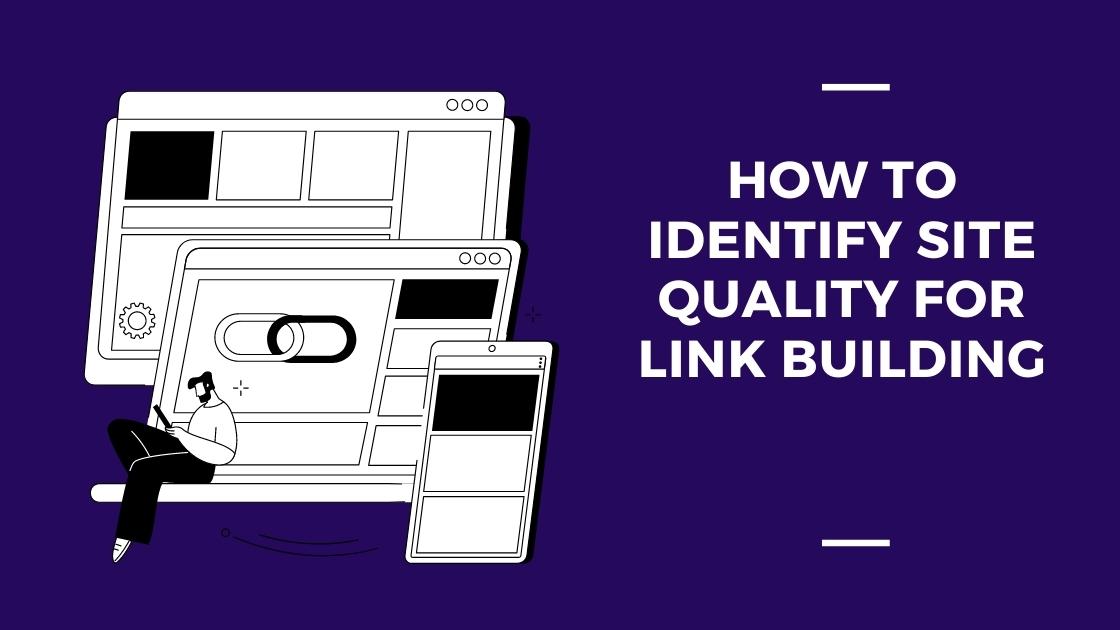A good link is worth more than 20 bad links.
This is our core philosophy and we’ve seen it in practice again and again.
Ever since I received a manual penalty on one of my own affiliate sites right before selling the site (the sales price was between $200,000 and $250,000 after broker’s fees in the summer of 2019), I’ve done a 180 in terms of the links we build.
Sure, building a lot of mediocre or low value links might get you a short term boost in traffic, but you’re putting your website in danger of loosing all of its organic traffic.
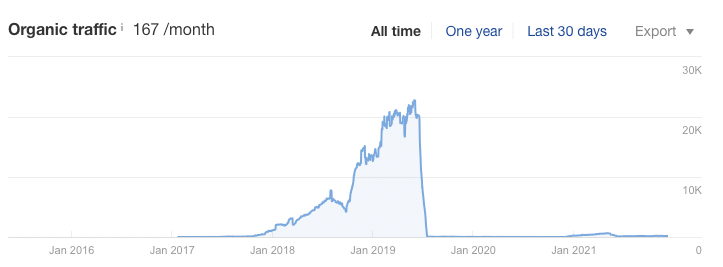
We managed to get the manual penalty removed (with the help of Rick Lomas) in early 2021, but the traffic hasn’t recovered.
When trying to get the manual penalty removed, we started to disavow links starting from the worst links. It took 4 tries to get it removed and we had to remove 90% of the links we had built.
This experience taught us a valuable lesson in how Google evaluates backlinks and what kinds of links they deem “black hat”.
How We Check for Site Quality When Prospecting
We do a number of different checks to ensure that the links we build are high quality and to maximise the likelihood that the links will actually help our own and our client’s websites rank higher.
Why go into so much trouble?
Good question. The answer is because, it’s much more profitable to keep an existing client happy than it is to have to find new clients all the time.
And how do we keep our existing clients happy? It’s easy.
Genuinely good links -> actual increase in rankings -> more organic traffic from the big G -> more sales for our clients -> bigger profits -> happy clients 🙂

Here are the main things we look for when trying to find good link prospects:
(The list is sorted based on which check should come first in order to reject as site as early as possible.)
#Check 1 – Metrics
This is the fastest way to find out if a site is worth getting a link from or not.
The most important metrics that we look at are:
#1 Traffic value and DR

These are important, because most of our clients are interested in the DR number and that’s totally understandable. You want your links coming from sites that are authoritative and currently the most reliable metric for that is considered to be Ahrefs’ DR.
DR takes into account the number and quality of the backlinks a site has, so yes, it is a very important metric indeed.
Traffic value – as opposed to organic traffic. Most people use organic traffic as a gauge and that’s fine. But the problem with this is that it’s possible to generate traffic by targeting random keywords that are known to easily bring in traffic but have no relevance to linking website or your site.

These kinds of keywords can be something like X book free download, some Windows error codes (commonly used), someone’s net worth or some other rubbish that has zero relevance to what you’re trying to rank.
Traffic value however, will tell you if the keywords that the site is ranking for are competitive and are actually harder to rank for.
Traffic value is much harder to get than organic traffic and sites with high traffic value carry a lot more weight in terms of helping your site rank.
What’s a link farm?
Link farms are sites that only exist with the purpose of selling links from them.
Why do we want to stay away from link farms? I’m glad you asked 🙂
The reason is that sooner or later, these sites will be found out by Google and will lose all of their ranking power. This will strip the sites from any ranking power that they ever might have had.
What it means for you is that you’ve paid for nothing. These sites might already be dead and worthless or if they still have some juice left, they will probably decay into nothing in time.
How so?
There are a few possible reasons:
#1 As these sites sell links to almost everyone it’s rather easy for Google to detect them. It might happen because Google manually reviews sites with spammy anchors and link profiles.
When they see that a lot of flagged sites have common links, they can start to suspect these kinds of sites and strip them from ranking power.
#2 People who buy links, buy tier 2 pbn links to those links to power the tier 1 links. What this means is that guest post farms get bombarded with the lowest quality links out there. This will lead to a massive drop in rankings and search traffic for those sites and with that goes ranking power.
You wouldn’t want to be associated with these kinds of sites whose only purpose is to sell links. They will die out sooner or later and your link will loose its’ power (if it had any to begin with).
#2 What kind of keywords bring traffic to the site
I actually wanted to put this as #1, but as most clients care about DR a lot, I had to move it downward. Why is this so important?
As Google is moving more and more towards ranking based on relevance. So if you’re getting a link from a site that’s very relevant to you, it is worth more than another site that’s talking about a totally different topic (all else being equal).
So, we believe that the strongest links that we can build are the ones that have high DR, high traffic value and the site is getting traffic for relevant terms to our client’s site.
The logic behind it is that if Google is sending them traffic for those terms, it thinks that the site is authoritative in that niche and getting a link from them will raise your authority.
NB! This is also one of the most common reasons why we reject a site – they have traffic, but it’s super irrelevant or the traffic comes from easy to rank for keywords that almost anyone can get traffic with.
Example:
Check this site for example – pitchengine.com.
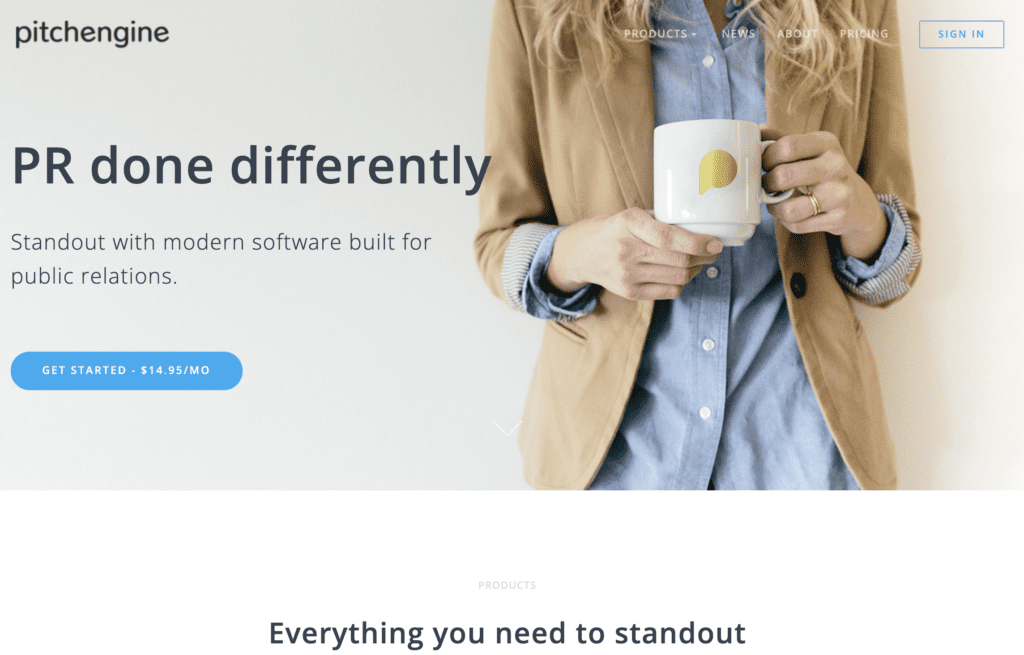
The site is professionally designed and seems to be a real business. This is exactly where we would want to get links from..
Now, let’s check the metrics:

Metrics also look good. DR 73 with some nice organic traffic. Most of the traffic is from the US and traffic trend looks OK.
Links with these kinds of metrics usually sell for between $200-$400 a piece.
If this is where we would stop with our research, we would think that it’s a good link to get.
But if we take a look at how they’re getting this traffic:
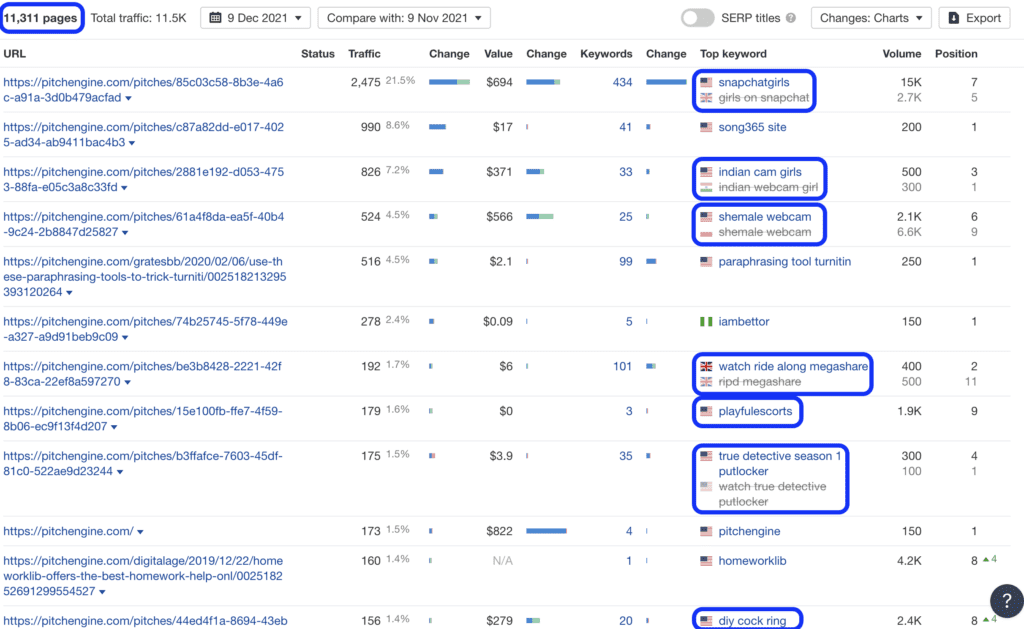
First off, they have 11,311 pages. This means that they are producing a lot of content and it’s likely that your future guest post won’t even be picked up by google’s crawlers.
Secondly, look at the keywords it’s getting traffic from – they are mainly porn or torrent related.
What I can tell based on what I see is that the site probably was a good site, but the it was dropped for whatever reason and a linkfarmer has picked it up, put the same design up on the site and is now selling guest posts.
As he/she is an above-average linkfarmer, they have taken the time to make sure that the site has a high number of organic traffic. They’re probably well aware that most people won’t dig in to the source of the traffic so it’s still a good strategy for them.
Here’s another example of a trickster.

This guy/gal is using an error code to get traffic. It isn’t relevant to what the site is about at all, but it does get them a lot of traffic to make it seem like a good site.
#3 Organic traffic by country
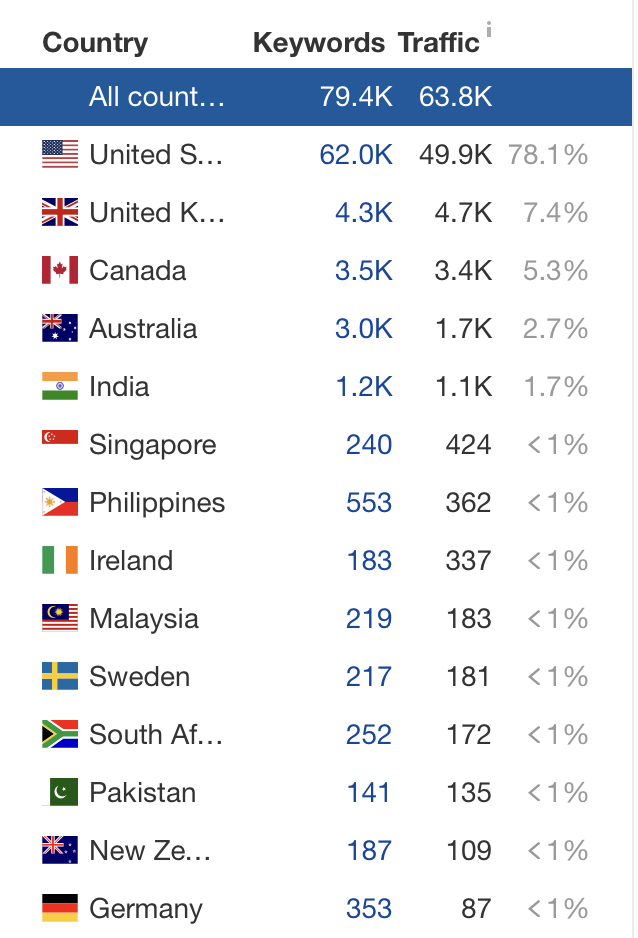
This one is a quick check to make sure that the site is getting significant traffic from the country (Usually the US) where our client wants to rank in.
If the client wants to rank in the US, but the main country is South-Africa for example. We won’t drop it immediately, if US still shows a significant number of traffic.
#4 Traffic trend
This is a quick check to make sure that the site hasn’t gone through any significant changes or that the traffic isn’t declining rapidly.
If it is, it’s a sign that something is wrong with the site in the eyes of Google and we would want to stay away from it.
See this site for example. It was going great until something happened (possibly a manual penalty).
They still have some traffic and might pass our metric checks, but if we’re only looking for the highest quality links, we don’t want to be involved with these kinds of sites.
#5 Outgoing link anchors
We check this to find out how aggressively are they linking out to shadier niches that tend to use black hat methods and thus would jeopardise the linking site as well.
You wouldn’t want to get links from sites that link out to viagra, casinos, porn or these kinds of niches.
It’s easy to check by looking at ahrefs’ outgoing link anchors and putting in some aggressive anchor text keywords.
Look at this example:
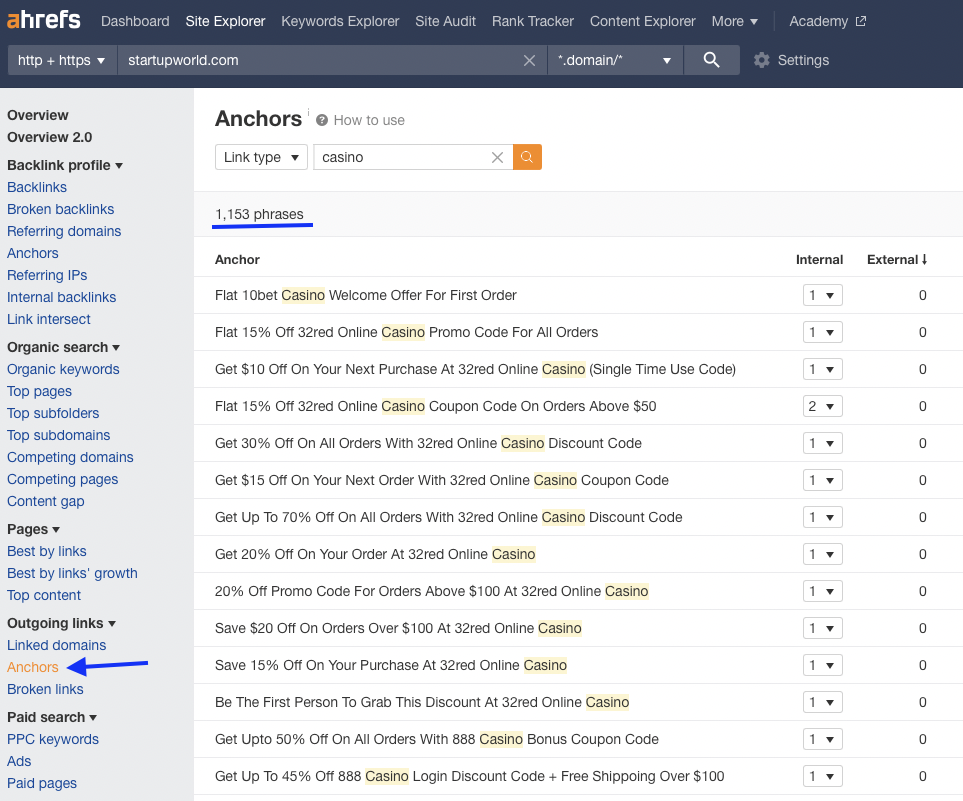
Why should a website that’s supposed to be about startups link out to Casinos this much.
Another thing we check is how much do they link out to “review” keywords.
Why is it bad if they have many “review” keyword anchor texts?
Because if they link out with the anchor text “review” in them, it means that they allow aggressive anchor text usage that doesn’t make sense to be included in the article in most cases.
It tells us that it’s very likely they don’t care about the articles sent to them as guest posts and that they accept guest posts from everyone.
Also, I then check what the reviews are about. If they are about all kinds of different produts ranging from casinos, sound-cancelling headphones to pet products and that stuff is on a startup-niche website, then it’s a bad sign.
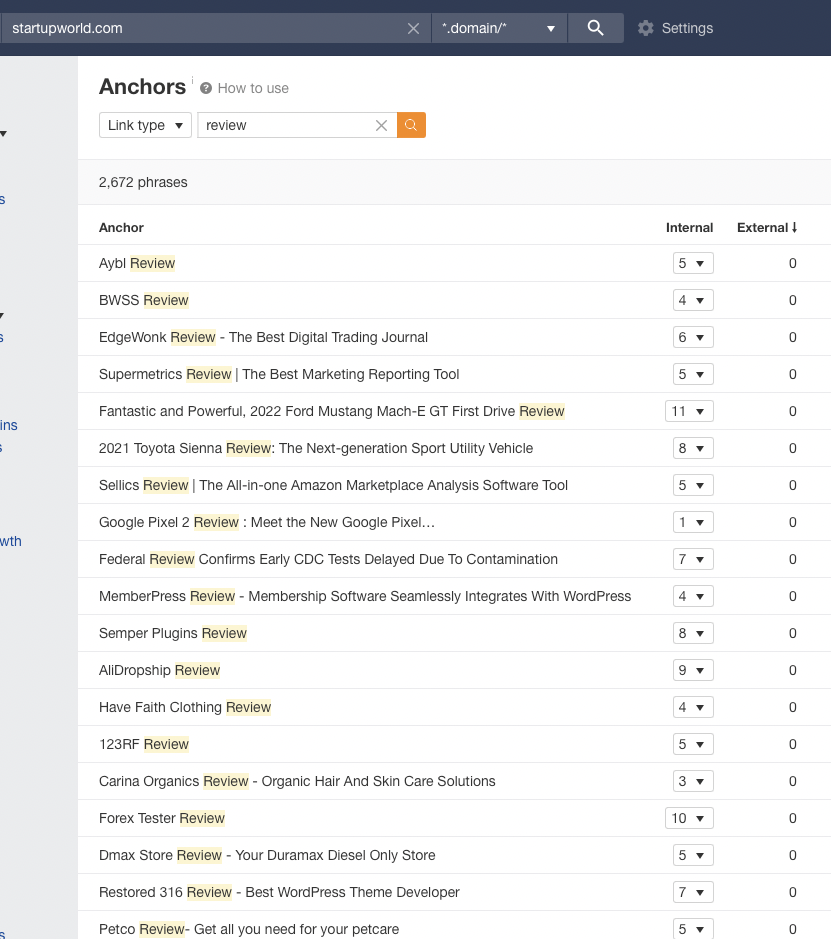
That’s it for the main metrics checks. Now let’s move on to what we’ll check if all of the above checks out or if we’re on the fence with a site.
#Check 2 – Appearance
Here we go to the site and check how does it look. We don’t do this to only build links from beautiful sites, but this check is mainly to weed out link farms.
How can we detect link farms by appearance?
If you’ve done site vetting long enough, you’ll be able to detect the commonalities in design patterns. In most cases, these link farm sites have been bought from auctions, because they have a good number of links still pointing to them.
As the farmers themselves don’t care or want to invest into the design of the site, they look ugly.
I’m going to show a few examples below:
#1 Logos look rubbish, blurry and don’t make sense
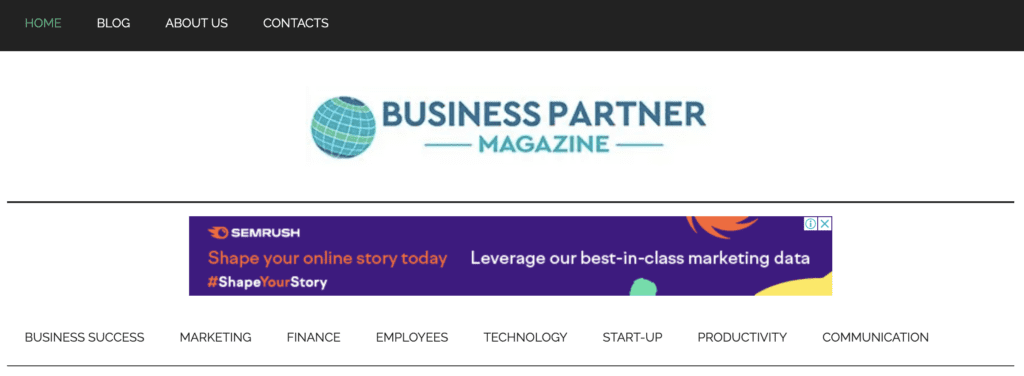
#2 Many Issues

- The logo looks unprofessional
- The slogan doesn’t make any sense and feels stupid “Meaningful Meaningless News”. If you’re a business owner, would you like to get a link to your business, that’s super important to you, from a site that has this in their title.
- The site has a “write for us” section clearly visible. That’s a major red flag that they’re a linkfarm. It’s better if they don’t display it as publicly. It doesn’t mean that we wouldn’t want a link from them straight away, but it’s a red flag.
- The categories it has on its’ menu are very broad. They talk about so many topics that have no connection to each other.
#3 Obvious Link Farm

So what’s wrong?
If the site’s homepage is only displaying top posts, it’s a massive sign of a link farm or a PBN. I would recommend to skip on most of these.
Displaying posts on the homepage is a common tactic for link farms and especially PBN-s.
By doing so, the links will have more power, but it’s a black hat strategy and may put your site into danger if you’re associated with these kinds of link networks.
A lot of sites have content snippets on their homepage, why is it bad?
Yes, but there’s a difference. This site seems to have nothing else on their homepage. What’s the purpose of the site? They have no call to actions and no real business behind the site, other than displaying article snippets.
#4 A Good Example
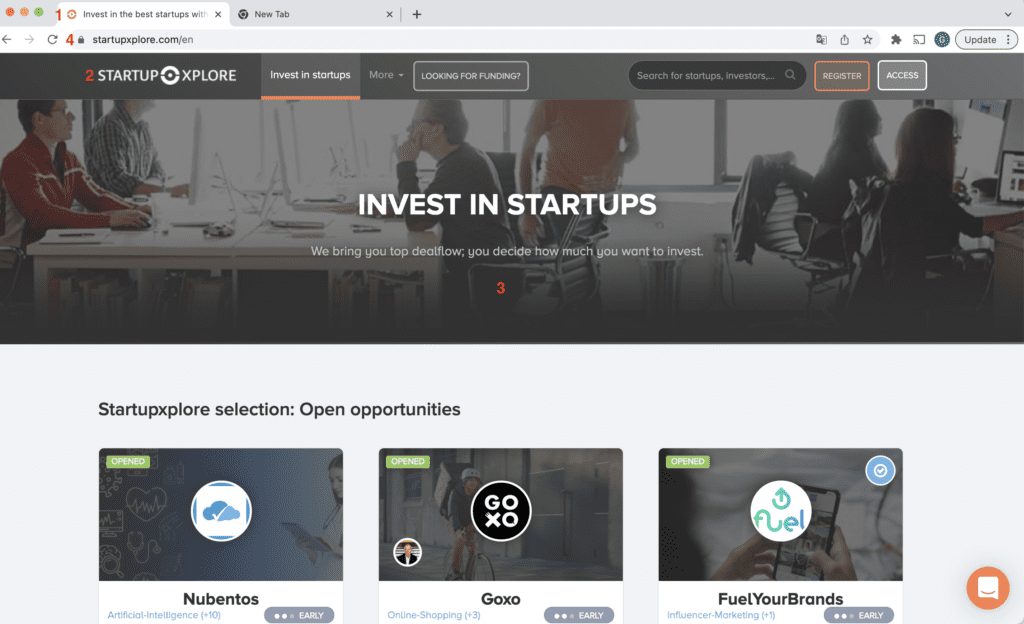
1 – the site has a favicon, that’s good.
2 – the logo looks decent and the colors match the overall website design
3 – the HERO images look decent.
4 – the site has https, which is almost a must-have now.
#Check 3 – Indexation test
If all of the above checks out, one additional check that’s vital is to make sure that guest posts that the site hosts get indexed by Google.
The issue with link farms is that they publish so much content, Google doesn’t have or want to index all the articles that the site has.
These link farms might have thousands, if not tens of thousands of articles on them (as we saw above).
It will require a significant amount of crawl budget from Google to crawl all those pages. It’s just not worth it for them and what ends up happening is that Google only crawls more imporant pages from the site.
How does Google evaluate importance?
More important article are those that get internal or external links to them.
Link farmers don’t really care about your article getting indexed, so they won’t build any internal links to them nor will they assign a category to the post or they’ll assign a category that isn’t indexed or doesn’t get any internal links itself.
The way to make sure that your article will get indexed is to check if other GP-s that have been published recently are getting indexed.
How to check if guest posts get indexed?
You do that by going to the site and finding some of the articles they have that are likely to be guest posts. One way is to just go to their homepage, click to a category page and look at the latest articles.
If you can find a date, that’s perfect, because you’ll be able to know that it’s been published recently.
Now go to the URL bar and put site: in front of the URL and hit ENTER.


If the article isn’t indexed, this is what you’ll see:

A Few Final Words (of wisdom?)
That’s it.
These are the main checks will do to determine is a site is high quality and if it’s worth getting.
Finding link opportunities that pass all of the above criteria is super hard. This is why most link builders or agencies only talk about DR and org. traffic.
Most client want links, they aren’t too well aware of all the nuances of how to assess a site’s quality and they think that the more links I’m getting, the better it is.
While it’s true, but it’s only true if you’re actually building high quality links.
Going through all of the above checks takes a lot of time and we’ll end up only having a handful of quality links to work with.
But one single link from a quality link source will easily beat 10 links from irrelevant link farms that will lose their effect sooner rather than later.
A little thought experiment
I’m absolutely convinced that if two guys are competing for the same keyword and Site 1 is building 30 links based on generic metrics alone, priced at $150/link, they will be easily outranked by Site 2, who is only building 5 links at $400/link, but pass all the above criteria.
Site 1 would end up paying $4,500 and has a moderate to high risk of getting a penalty at some point due to the quality/background and neighbourhood of the links.
Site 2 would end up paying $2,000 for the links and has a low risk of getting penalised.
The issue here is that our brains are thought to think that quantity > quality. Also, most marketing by link builders is focusing on link velocity and quantity as opposed to quality. And it’s obvious why it’s so.
The agency who’s selling/building links to Site 1 will be making more money ($4,500) compared to the agency who’s building links to Site 2 ($2,000). Agency #1 will also now have a bigger budget to spend on advertising.
Want Us to Build Hiqh Quality Links for Your Site?
If you’re interested in high quality links that check all the above-mentioned criteria, please fill in this form in order to apply to work with us.
We currently only have a limited number of clients that we can work with and am interested in only working with the businesses/websites where we see that we can add significant value.
Main terms:
- This is a monthly recurring service. You can cancel at any time and get a refund for all the links that we haven’t yet built.
- Minimum order is 5 links per month.
- Link cost is $250 per link.
Fill out this form, if you’re interested to apply to work with us.
Questions?
If you have any questions, please post them below into the comments section. We promise to answer every question or objection that you may have in regards to this piece.

